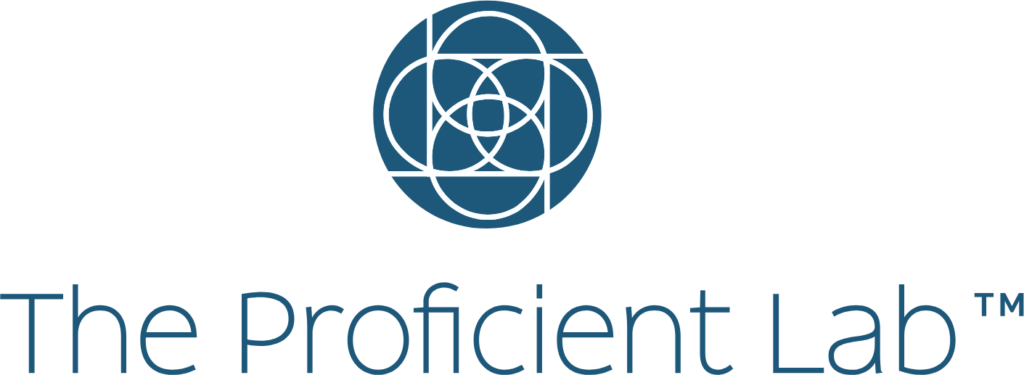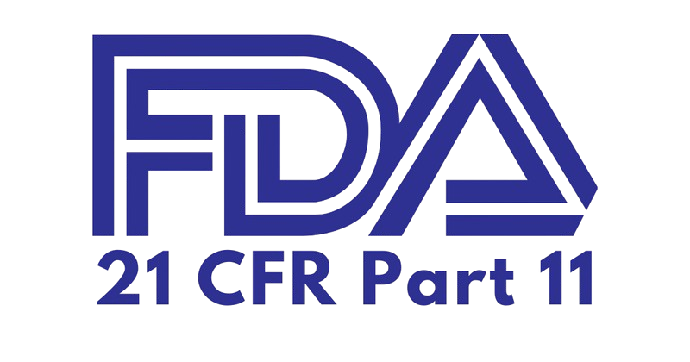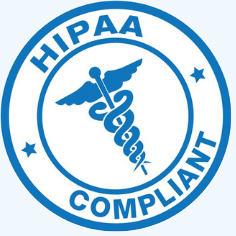
The landscape of laboratory-developed tests (LDTs) is about to undergo a significant transformation with the FDA’s upcoming regulations. These changes, aimed at enhancing patient safety and ensuring consistency in diagnostic testing, will have profound implications for labs. Here’s what you need to know to prepare for these changes.
Understanding the New Regulations
The FDA’s final rule, published on May 6, 2024, redefines LDTs as medical devices under federal law.
This shift means that LDTs will now be subject to the same stringent regulatory controls as other in vitro diagnostics (IVDs). The phased implementation plan spans four years, with the first stage of compliance set to begin on May 6, 2025
Key Compliance Requirements
Stage 1: Initial Compliance (By May 6, 2025)
Complaint Files: Labs must establish robust systems for logging, reviewing, and resolving complaints. This includes maintaining detailed records of each complaint and any follow-up actions taken
Medical Device Reporting (MDR): Labs are required to report adverse events and device-related malfunctions to the FDA. This ensures that any potential risks are promptly addressed
Correction and Removal Reporting: Labs must report any corrections or removals of LDTs that could pose a risk to patient health
Future Stages
Subsequent stages will introduce additional requirements, including device registration, labeling updates, and adherence to investigational use protocols.
Labs must stay informed and prepared for these evolving standards.
Impact on Labs
For labs, these regulations present both challenges and opportunities. Here are some key considerations:
1. Increased Operational Costs
Compliance with the new regulations will require significant investment in quality management systems (QMS), staff training, and documentation processes. Labs will need to allocate resources to ensure they meet the FDA’s stringent standards.
2. Enhanced Quality and Reliability
While the initial costs may be high, the long-term benefits include improved test quality and reliability. By adhering to FDA standards, labs can enhance their reputation and build trust with healthcare providers and patients.
3. Strategic Planning and Adaptation
Labs must develop strategic plans to navigate these changes. This includes conducting regulatory gap assessments, updating QMS, and preparing for FDA submissions. Early implementation of these systems will be crucial to maintaining compliance and avoiding potential penalties.
4. Competitive Advantage
Labs that successfully adapt to the new regulations will gain a competitive edge. By demonstrating compliance and commitment to quality, they can attract more clients and expand their market presence.
Preparing for the Future
To thrive under the new LDT regulations, fast-growing labs should take proactive steps now. This includes:
Conducting a thorough review of current LDT practices to identify compliance gaps.
Developing a comprehensive compliance strategy that aligns with FDA requirements.
Investing in staff training to ensure all team members understand and can implement the new standards.
Engaging with regulatory experts to navigate the complexities of FDA submissions and ongoing compliance
By taking these steps, labs can not only meet the new regulatory demands but also position themselves for continued growth and success in the evolving landscape of diagnostic testing.




